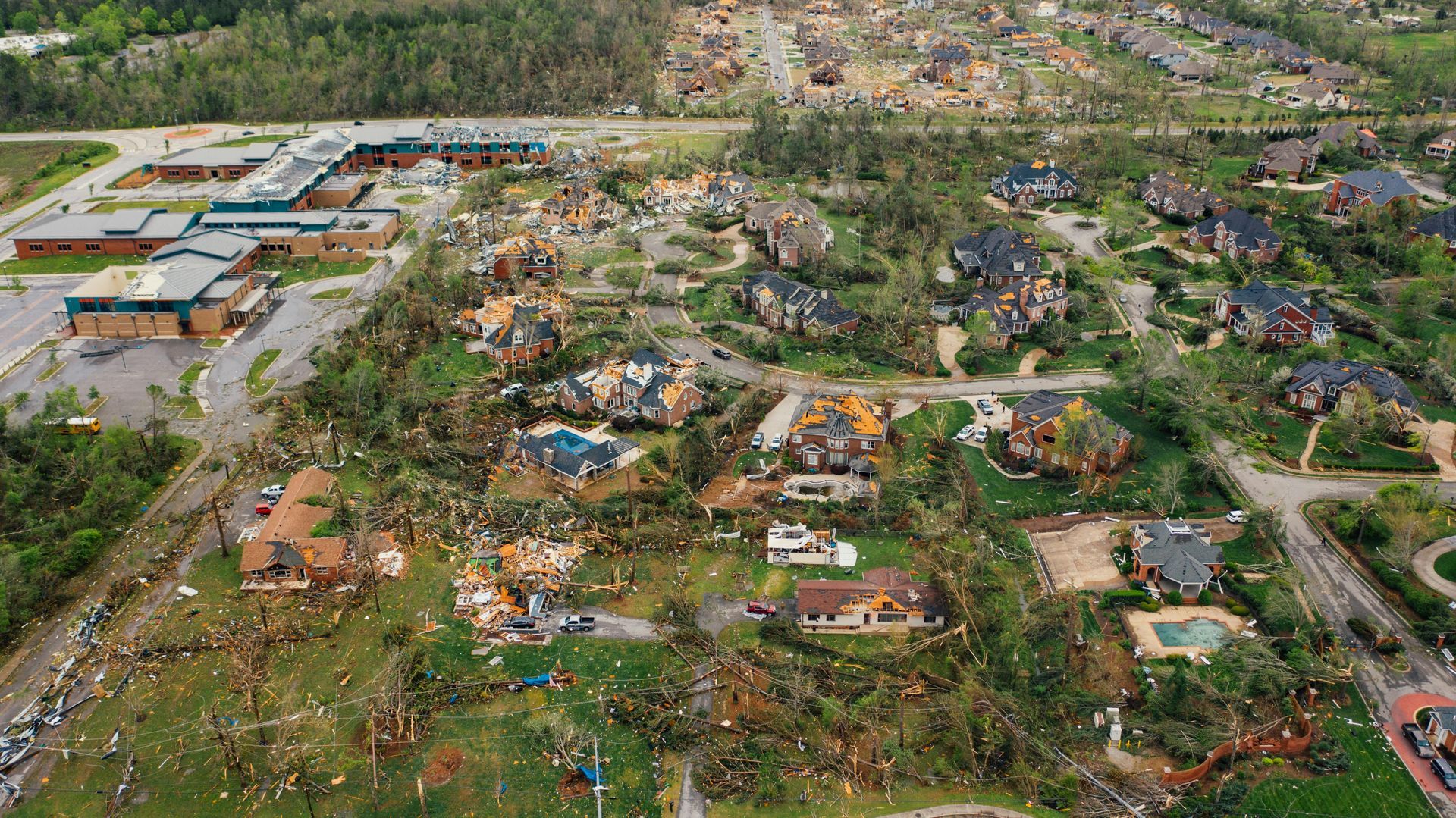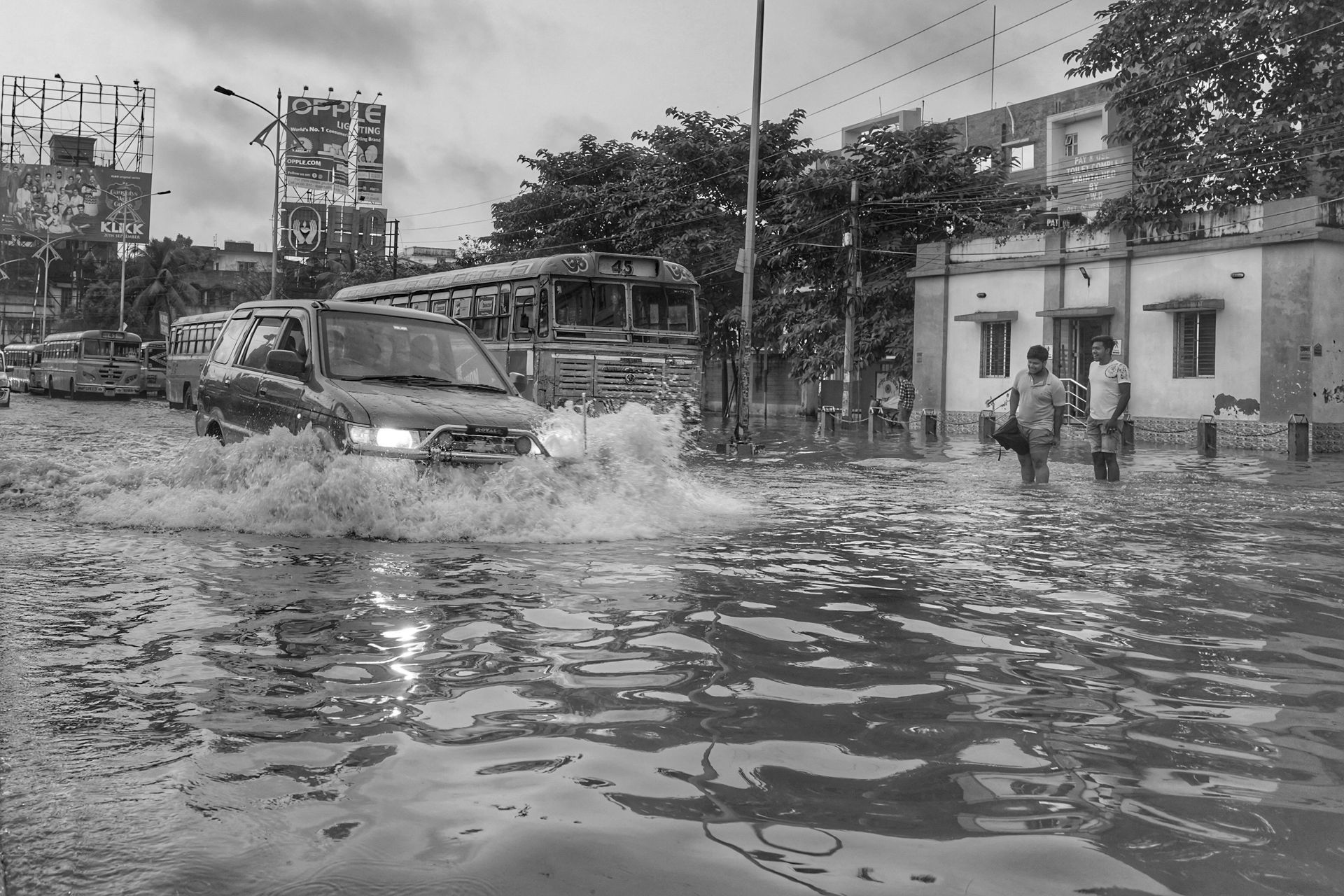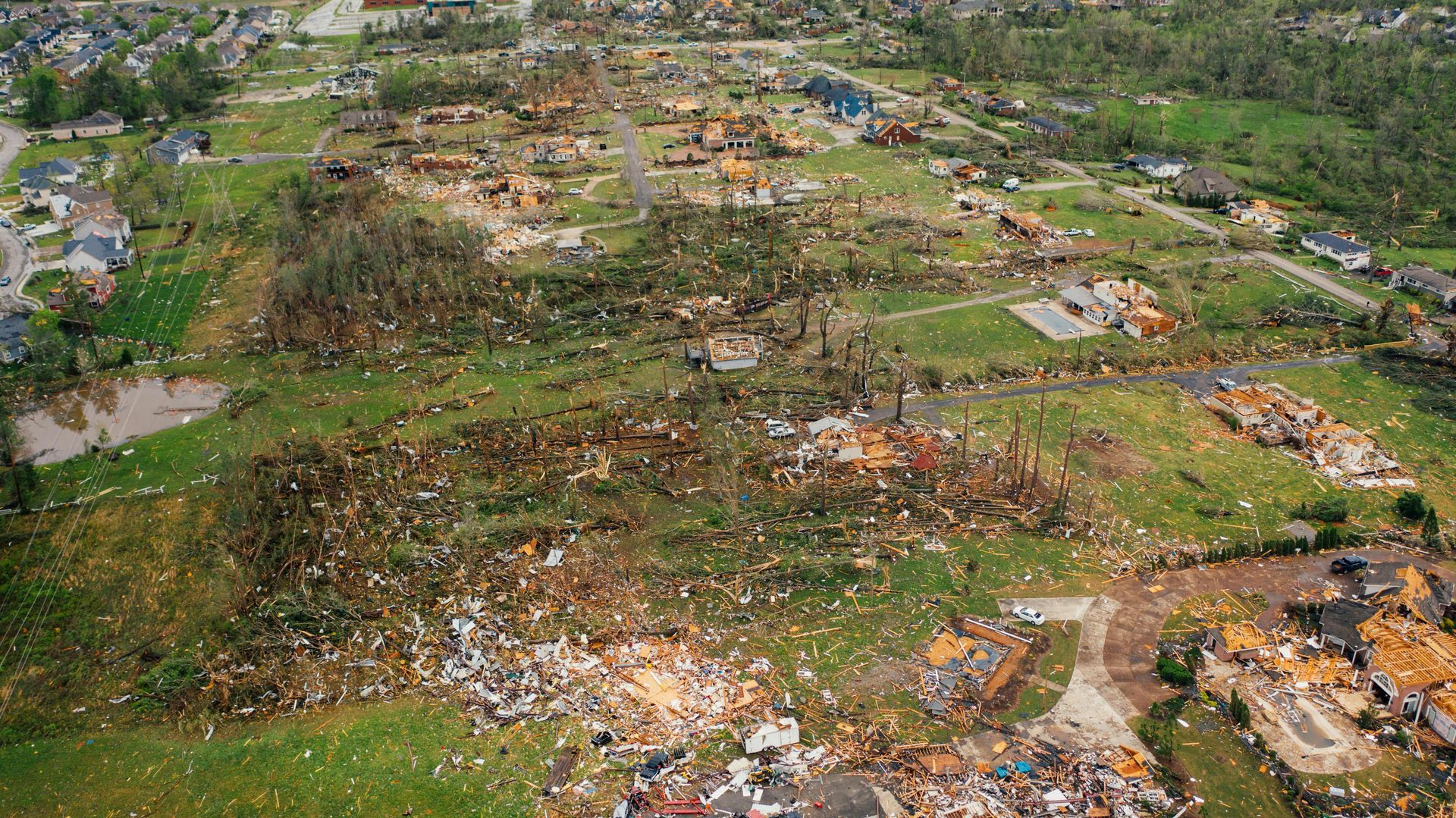How to Spot Hidden Damage After a Storm
A Homeowner’s Guide

Storms can unleash devastating forces, leaving behind visible destruction like fallen trees and shattered windows. However, what’s less apparent—and equally important—is the hidden damage that storms can cause to your home. Identifying this damage early is crucial to preventing long-term problems, escalating repair costs, and potential health hazards. This guide provides actionable tips for homeowners to detect and address hidden storm damage effectively.
Why Hidden Damage Matters
Hidden damage can silently degrade your home’s structure and systems over time. Left unchecked, issues like mold growth, weakened foundations, or compromised roofing can lead to significant and costly repairs. Addressing these concerns promptly not only preserves your property but also ensures the safety and well-being of your family.
Step-by-Step Guide to Spotting Hidden Storm Damage
1. Inspect the Roof: The First Line of Defense
Your roof often bears the brunt of a storm. While missing shingles or visible holes are easy to spot, hidden damage may require closer inspection.
- Look for Granule Loss: Check gutters and downspouts for shingle granules. Excess granule loss can compromise your roof’s effectiveness.
- Examine Flashing and Seals: Inspect areas around chimneys, vents, and skylights for cracks or loose materials.
- Survey from the Ground: Use binoculars to spot dents, lifted shingles, or discoloration on the roof.
Pro Tip: Schedule a professional inspection if you suspect damage but cannot safely access your roof.
2. Check for Water Intrusion
Water intrusion can lead to mold growth, structural damage, and long-term decay.
- Walls and Ceilings: Look for discoloration, bubbling paint, or damp patches. These could indicate leaks or moisture infiltration.
- Basements and Crawl Spaces: Inspect for pooling water or signs of dampness. Ensure sump pumps are functional and drains are clear.
- Windows and Doors: Check for warping, moisture between panes, or damaged weatherstripping.
3. Evaluate the Foundation
The foundation is critical to your home’s structural integrity and often suffers from storm-related water damage.
- Look for Cracks: Inspect the foundation for new or widening cracks, especially near corners and windows.
- Drainage Issues: Check the soil around your foundation for erosion or water pooling.
- Basement Concerns: Note any musty smells or visible mold, as these can be early signs of water penetration.
4. Examine Exterior Features
From siding to fences, exterior elements can sustain hidden damage.
- Siding: Look for dents, cracks, or loose panels. Pay attention to areas shielded from view, such as behind shrubs.
- Decks and Patios: Inspect for warping, loose boards, or weakened railings.
- Fences: Check for leaning posts or damaged sections.
5. Assess Electrical and HVAC Systems
Storms can disrupt electrical systems and HVAC units, even if they seem functional initially.
- Outdoor Units: Look for debris lodged in HVAC units or signs of water damage.
- Electrical Panels: Ensure no breakers have tripped, and examine for scorch marks or corrosion.
- Appliances: Test major appliances to confirm they are operating correctly, especially if the power surged during the storm.
6. Inspect for Mold and Mildew
Mold can develop quickly after a storm, particularly in humid conditions.
- Visual Cues: Check for dark spots or fuzzy growth on walls, ceilings, and other surfaces.
- Odor: A musty smell often signals mold, even if it isn’t visible.
- Hidden Areas: Examine behind furniture, inside cabinets, and under carpets.
7. Look at Landscaping and Drainage
The condition of your yard can indicate potential hidden problems.
- Trees: Assess for leaning trees or broken branches that could pose future risks.
- Drainage Systems: Check that gutters, downspouts, and storm drains are clear and diverting water effectively.
- Soil and Grass: Look for water pooling, which can lead to foundation problems or create breeding grounds for pests.
Post-Storm Best Practices
Spotting damage is only half the battle. Acting swiftly and methodically ensures effective repairs and minimizes further risks.
Document the Damage
Take photographs and videos of all affected areas before making any repairs. Clear documentation can strengthen insurance claims and provide a record for future reference.
Notify Your Insurance Company
Contact your insurance provider as soon as possible to report damages. Be ready to share your documentation and provide a detailed account of the storm’s impact.
Schedule Professional Inspections
While a thorough DIY inspection is essential, professionals can uncover damage that is not immediately visible. Roofing contractors, electricians, and plumbers can assess areas of concern and recommend solutions.
Common Mistakes to Avoid
- Ignoring Minor Issues: Small cracks or leaks can escalate into significant problems if left unaddressed.
- Delaying Repairs: Procrastination increases repair costs and could complicate insurance claims.
- Skipping Professional Help: DIY fixes are useful, but some issues—like structural damage or mold remediation—require expertise.
Why Acting Quickly Matters
Prompt action after a storm prevents hidden damage from spiraling out of control:
- Mitigates Mold Growth: Mold can begin to develop within 24 to 48 hours in moist environments.
- Prevents Structural Deterioration: Water and wind damage weaken structural components over time.
- Streamlines Insurance Claims: Quick action demonstrates responsibility and can expedite claim processing.
Partnering with Disaster South
At Disaster South, we understand the physical and emotional toll storms can take on homeowners. Our comprehensive storm damage assessment and restoration services ensure your home is safe, secure, and ready for the future.
Here’s how we can help:
- Immediate Response: Our team arrives promptly to mitigate damage and secure your property.
- Thorough Assessments: We use advanced tools to identify visible and hidden damage.
- Expert Repairs: From roofing to mold remediation, we handle all aspects of restoration with care and precision.
Contact Us Today: Whether you’ve just weathered a storm or want to ensure your home’s resilience, Disaster South is here to help. Call us at 877-84-STORM or visit our website to schedule an assessment.
Conclusion
Storms may pass quickly, but their effects can linger in hidden ways. By following this homeowner’s guide, you can identify and address hidden damage, ensuring your home remains safe, sound, and secure. Remember, swift action is your best defense against escalating repair costs and long-term problems. Trust Disaster South to be your partner in restoring not just your home, but your peace of mind.
Act today to protect your home and loved ones. Reach out to Disaster South for expert storm damage restoration and support.


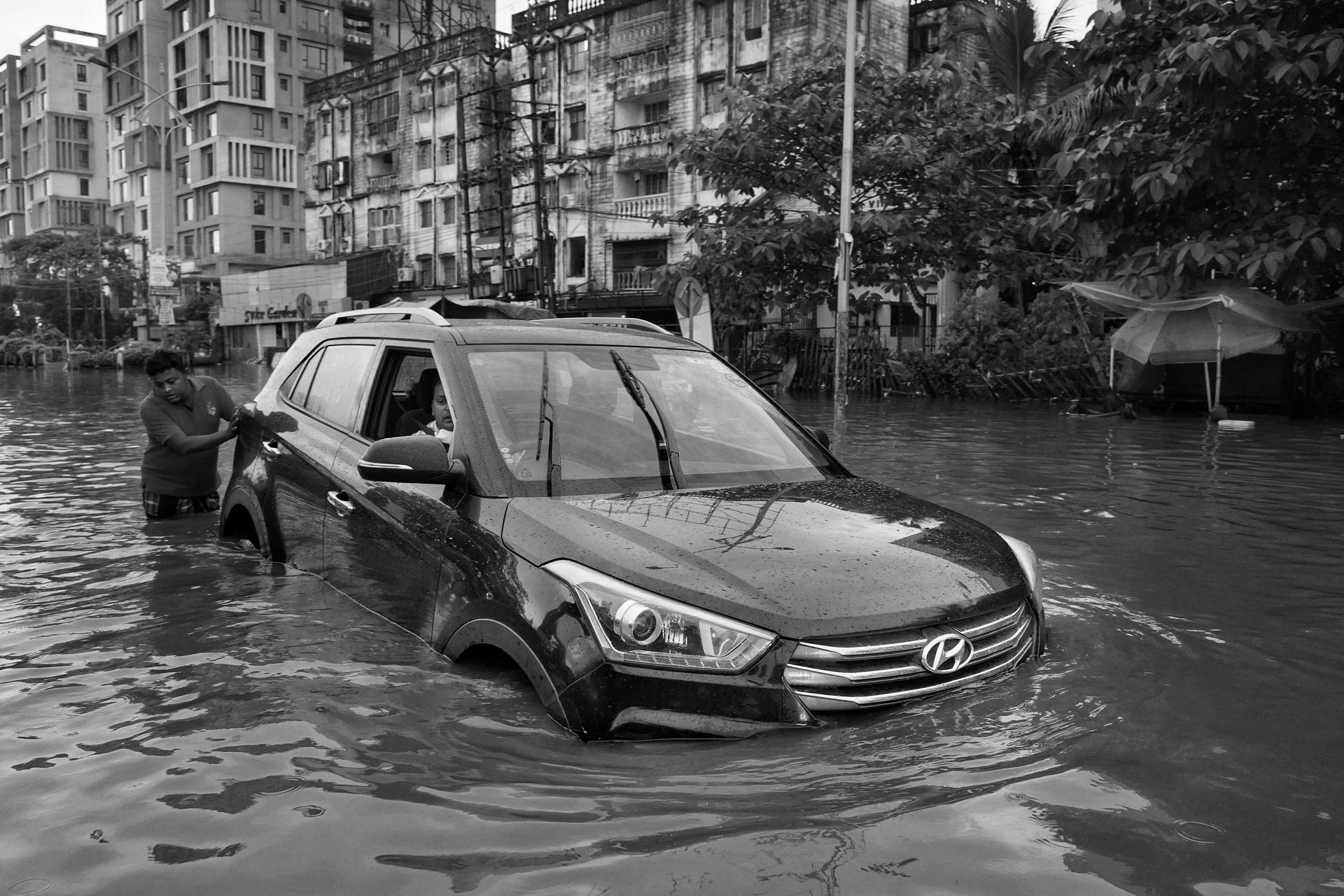


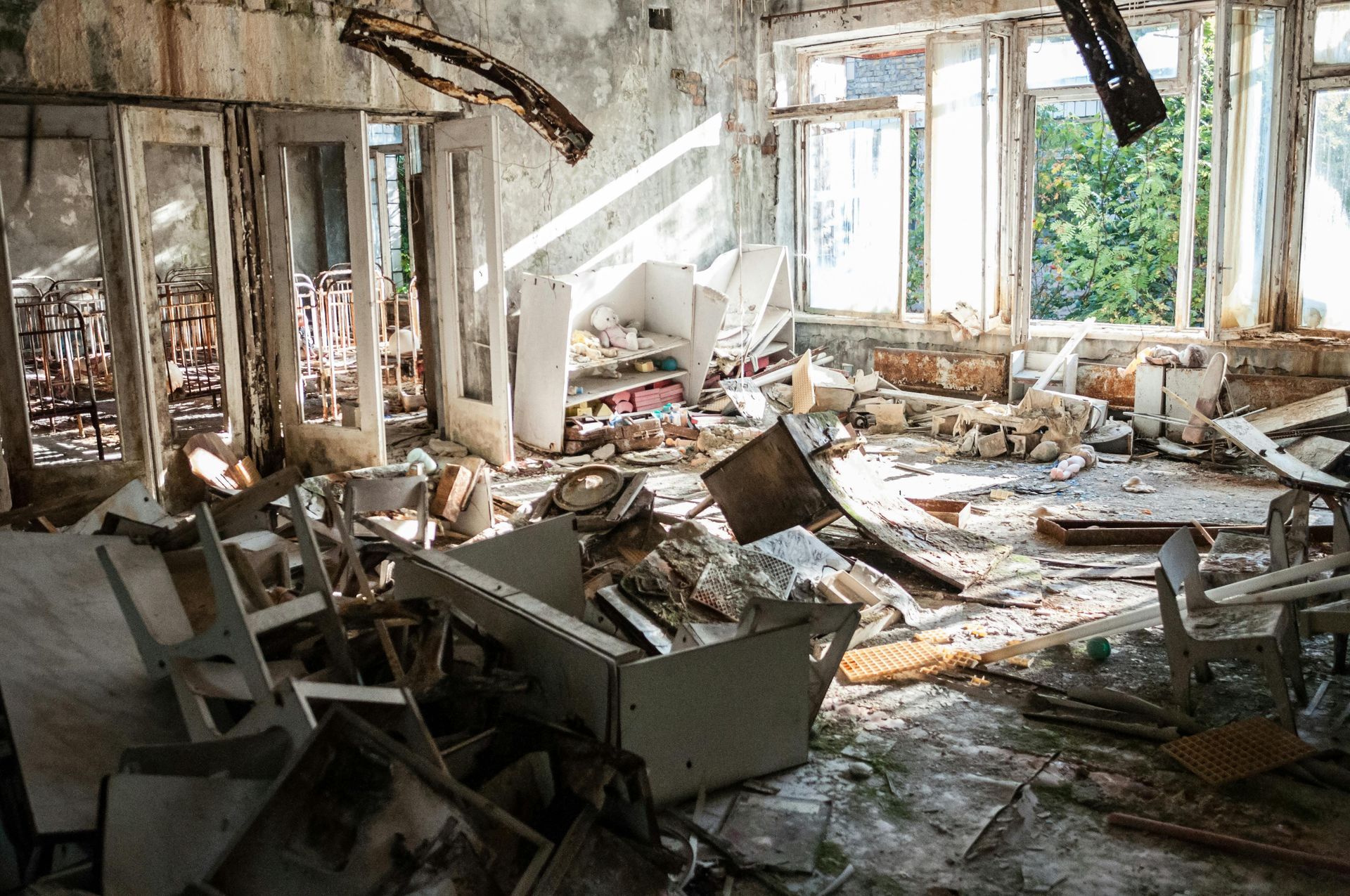
It’s Time to Restore Your Property, Reclaim Your Life, and Get Back to What Matters Most
All Rights Reserved | Disaster South
